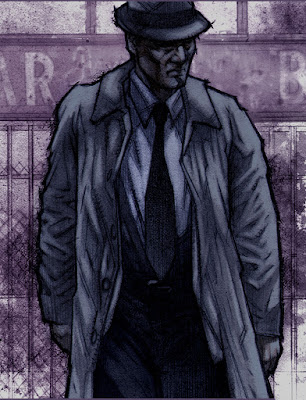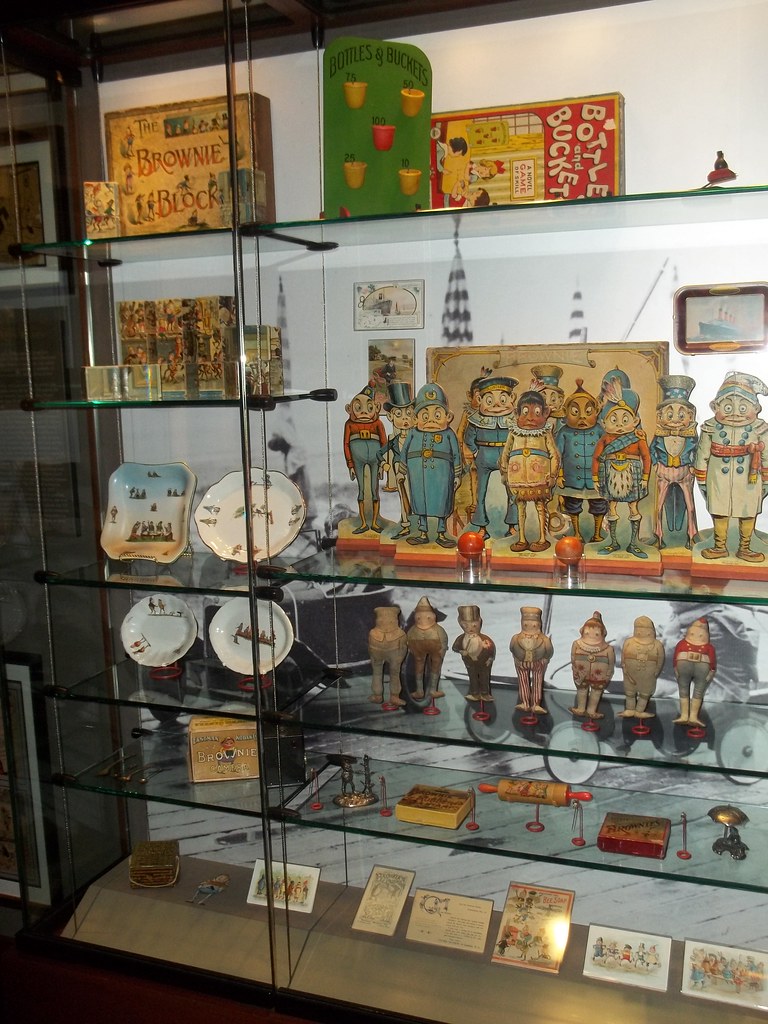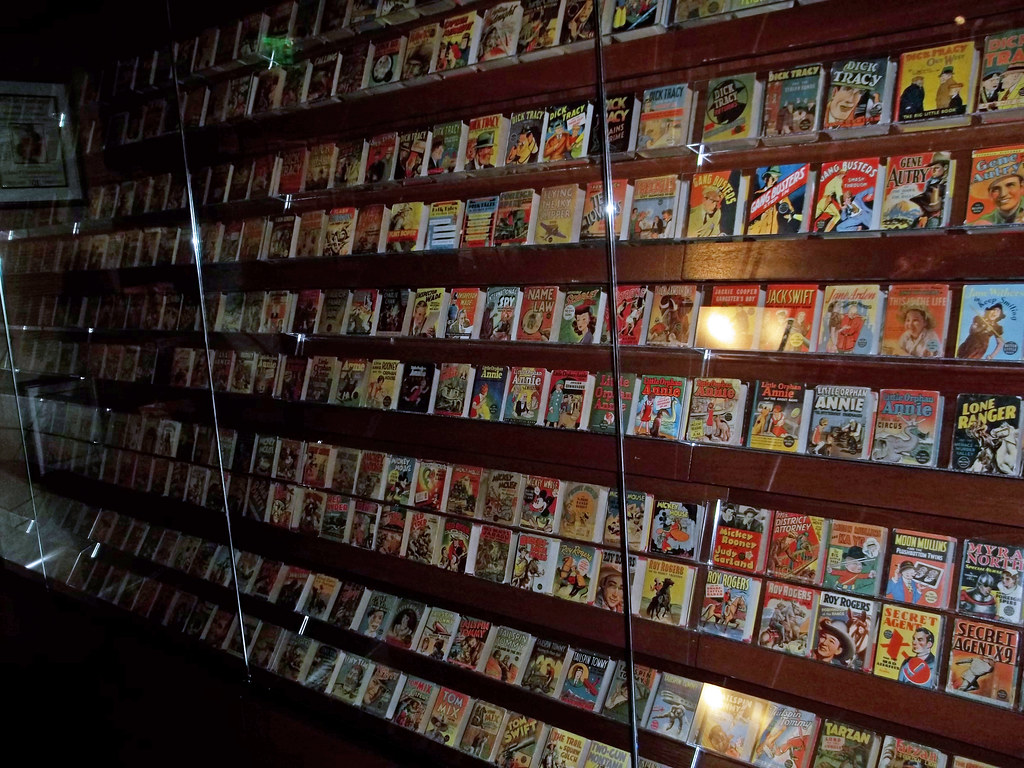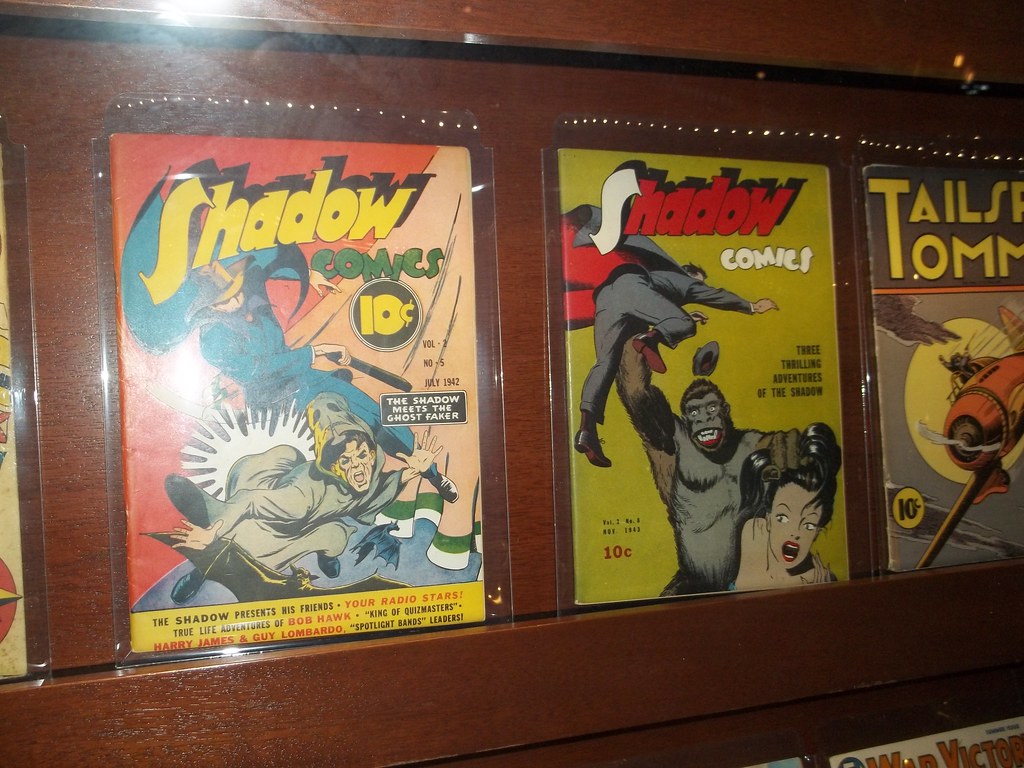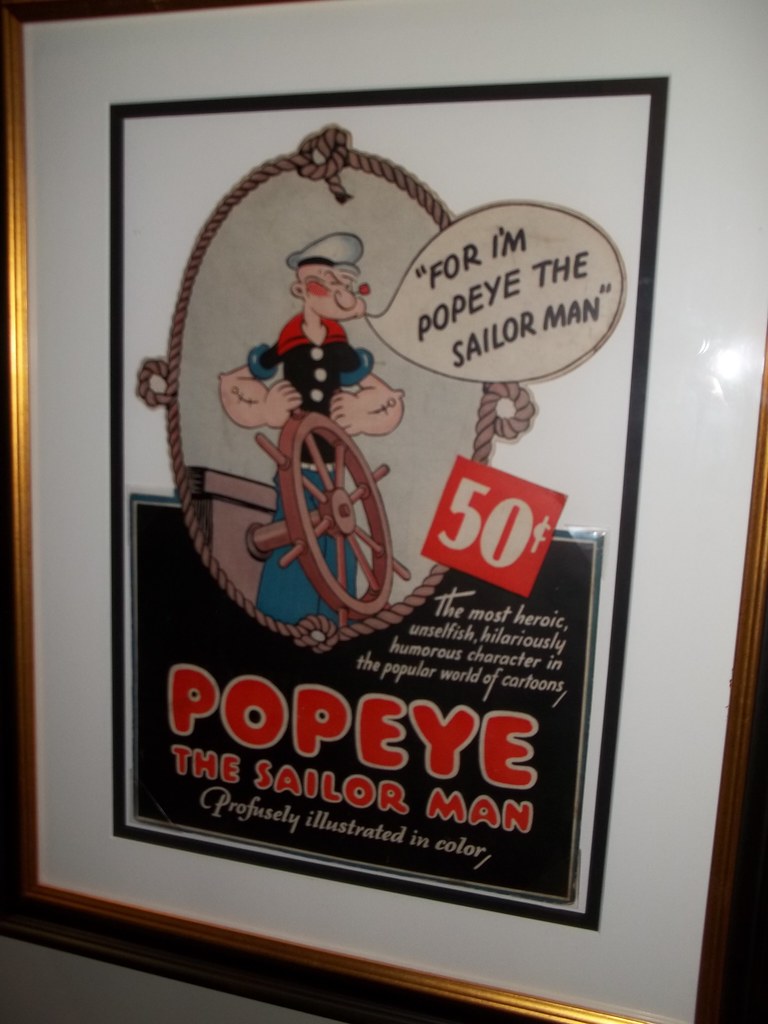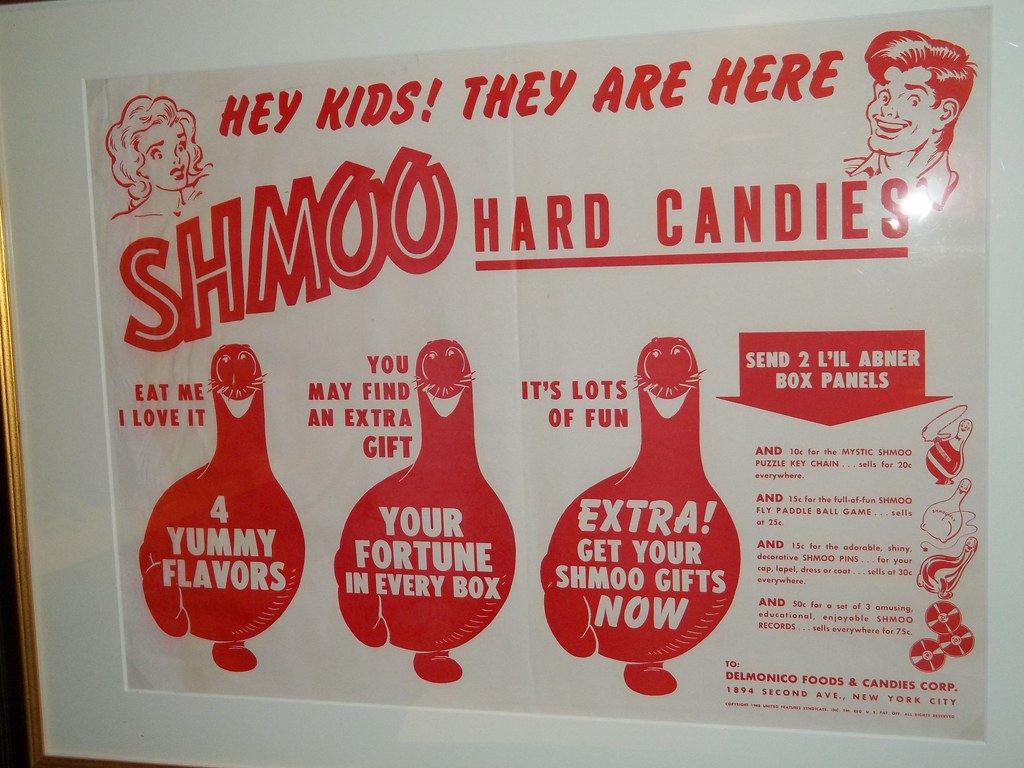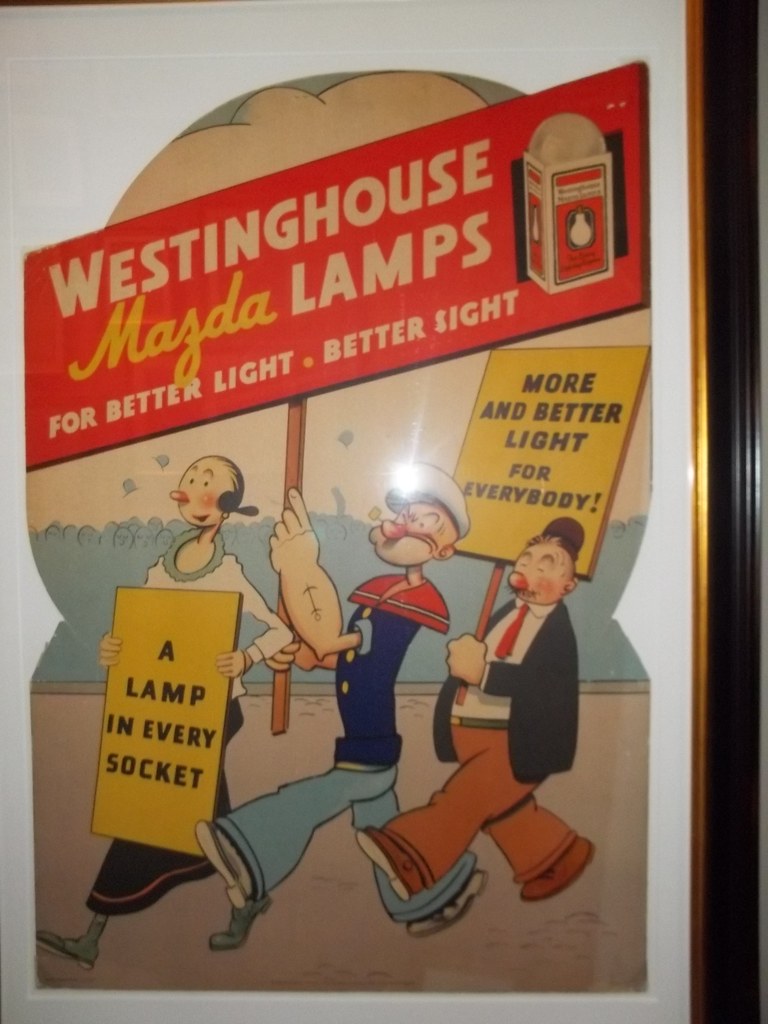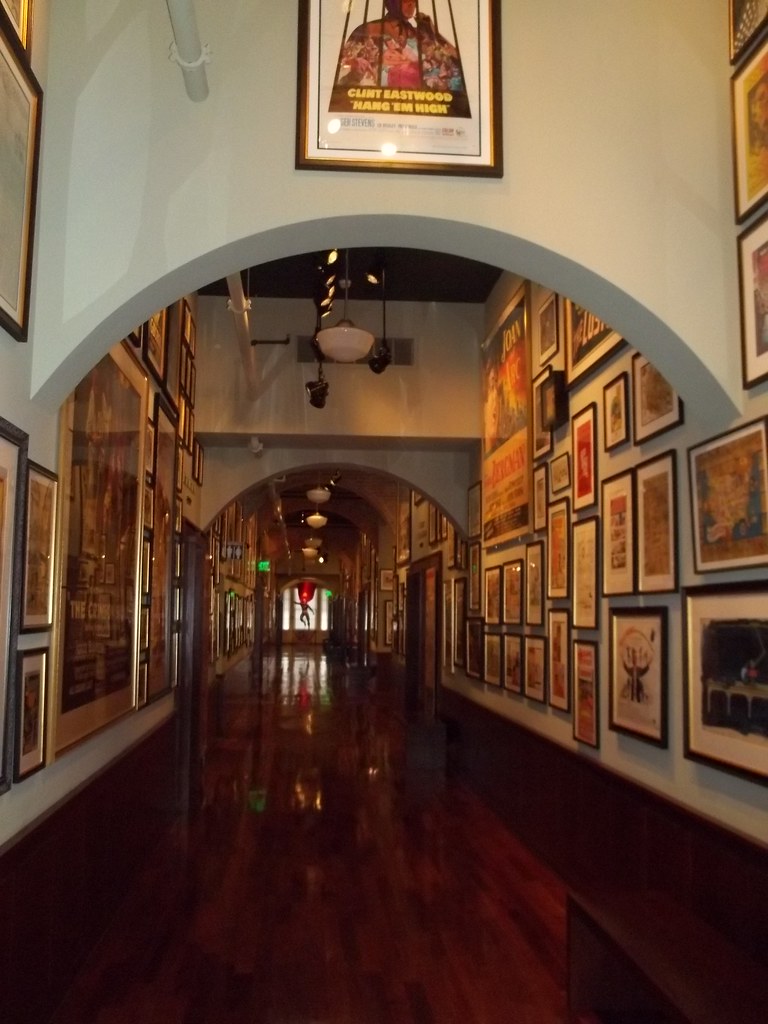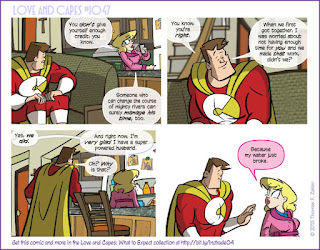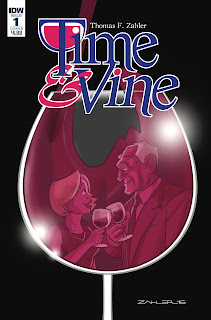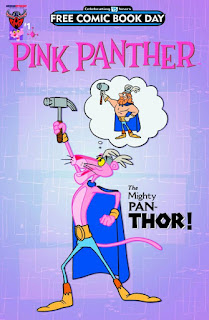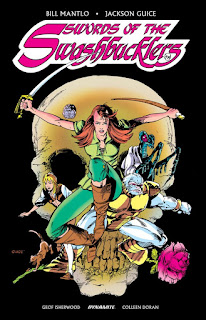by Mike Rhode
Annapolis, MD is about to become the home of a new comic book publisher.
Dead Reckoning is the new imprint from the
Naval Institute Press and will publish four graphic novels / memoirs / comic book collections in September. The editor of the line, Gary Thompson, sent me a set of the books and agreed to an email interview.
When was the Naval Institute Press established, and why? Was Tom Clancy's The Hunt for Red October its first foray into fiction?
The U.S. Naval Institute was founded in 1873 by a group of Naval Officers to serve as a forum outside of the chain of command in which they could discuss matters of professional interest in the Navy. At these meetings the initial members of the Institute would exchange ideas, discuss how to advance the knowledge of sea power, and consider ways to preserve our naval and maritime heritage. Eventually, the proceedings of those meetings were published and distributed throughout the fleet. These publications are what became our
Proceedings magazine, which is still being published today.
Yes,
The Hunt for Red October was the first book of fiction to be put out by the Naval Institute Press, the book publishing arm of the Naval Institute. Though we aren’t formally affiliated with the Navy or military, we do serve as the university press for the U.S. Naval Academy. For most of the history of the Naval Institute Press, which started back in 1898, you can easily see that relationship since the Press published mostly manuals on how to be a good sailor for the Academy. Since then the Press has branched out considerably. We still publish academic histories and professional development books, but eventually took on books of general interest, moved onto fiction, and now we are pressing on to graphic novels.
When was the decision made to move into graphic novels / non-fiction?
We made the decision back in 2015 to move into graphic novels. I was in a meeting with the Press Director and he was asking me what I wanted to do next and how I wanted to move forward in my career. I put forward the idea of graphic novels thinking it would be dismissed immediately, but to the Director’s credit he instantly liked the idea. Then it became a matter of finding a book, then a question of why we would only do one book, then a presentation on why graphic novels are a growing market and a sound investment, and finally it was decided to make the leap into creating a whole imprint.
How did the clever name come up for the imprint?
Actually, it was one of the first things that came to mind! It just had a cool ring to it. Of course, I put together a list of other candidates—I asked around, read through dictionaries of nautical terminology, researched mythologies and lore, even came up with a few that just sounded cool. Ultimately, I think everyone just liked Dead Reckoning. The more you thought about it the more applicable it felt.
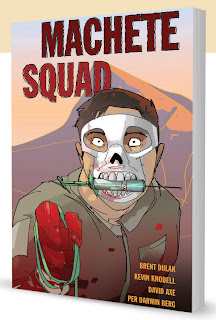 How many people work on the graphic novel line?
How many people work on the graphic novel line?
For now, I am the only person that is working exclusively for Dead Reckoning, but that doesn’t mean there aren’t several of us. For now, as this imprint gets off the ground, I am sharing the people and resources of the Naval Institute Press staff, so we have directors, marketing and publicity staff, production editors, and freelancers all working to make Dead Reckoning a successful imprint and to make our books as good as they can be. There’s about a dozen of us that have our hands in this pot, and I couldn’t have asked for a better group of people.
What's your role in acquiring and shaping the books for publication?
I have a weird title: Graphic Novel Lead. I wish there were something more common I could give you, but that’s what I’ve got. Still, I think it shows that I do a little bit of everything here, though I gladly hand off duties beyond my ken to those who have a better grasp of them. My main function—or maybe it’s just the function I enjoy the most—is in acquisitions. I find as may projects as I can that I think would work, pitch the ones I think are worthwhile to our directors, then do what I can to make the deal, and finally work with the teams as an editor to help make their scripts and art the best version of their vision that they can be. And while acquisitions and editorial are almost exclusively my realm, I’ve probably played some part in every decision big or small.

Out of your first four titles, two are memoirs of current wars, one is a 'funny animal' retelling of World War I, and one is a reprint of a classic comic book. What was the thinking behind launching the imprint with a fairly wide range of genres?
I don’t think of
Trench Dogs as a funny animal book*, but that aside, the idea is to show a broad range of interests and approaches. So far, when we’ve been showing these off, we’ve had good reactions from people who all like the books, but one stands out as their favorite. I like to think that shows a positive response to this “something for everybody” approach.
Machete Squad is a more literary memoir,
The ‘Stan is more graphic journalism,
Trench Dogs is a work of indie art, and
The Best of Don Winslow of the Navy is classic comics. With that, we provide several different entry points for a wide variety of readers.
As a comics fan, I grew up reading lots of superheroes and monthly floppies, then I read tons of manga, then I really fell in love with indie comics. For me, that seemed like a natural progression and a way to always have something to read in this medium. Maybe I was naïve, but it took me a long time to realize that for most people these three readerships are completely unique and separate from each other. I think that’s a dumb idea. Comics, as a whole, is growing, the readership is expanding, and the way to cultivate life-long readers is to create content that reflects a wider variety of interests.
As we continue to grow, the titles we publish will get broader, partially because of my eclectic tastes, and partially to create as many ports of entry as possible.
 For the books with multiple creators, do you put together a team to work on it (as children's books and mainstream comic books do), or do you accept a pre-existing proposal with the team already assembled?
For the books with multiple creators, do you put together a team to work on it (as children's books and mainstream comic books do), or do you accept a pre-existing proposal with the team already assembled?
I greatly, greatly prefer pre-existing teams. I have and will put more teams together in the future, but I’d rather that be the minority.
How many books do you plan to do a year? Is 2019's slate already full and in production?
We’ll have to see. We are starting for four titles in the Fall 2018 season, but will certainly be growing from there. For 2019 I’m aiming for around 10 titles and hoping to expand to an even dozen in 2020. I believe there’s still room to grow beyond that, but I’d hope to have another editor to help out by then!
Who do you see the audience being? Do you see sales through comic book stores, bookstores, or student book fairs? Are you anticipating strong library sales?
I see the audience as young, smart, and curious. I’m interested in making many of the topics we are looking to publish more accessible, but not childish or hand-holdy. Even though we won’t exclusively publish non-fiction, I see everything we print as being educational in some way, but that doesn’t mean is has to be didactic, just more realistic.
You should be able to find our books in comic shops (this first round will be solicited in the July
Previews), book shops, and maybe even a specialty store or two. The library market is huge for graphic novels in general and we feel that our books would be a great fit for them. I’ll be at the American Library Association’s Annual Meeting later this month to meet with more librarians and talk about our upcoming slate.
 Is the size of the proof books going to be the standard size of the line? (I'm thinking of the Don Winslow book in particular as it is about half the size of the original comic books).
Is the size of the proof books going to be the standard size of the line? (I'm thinking of the Don Winslow book in particular as it is about half the size of the original comic books).
No, the ARCs aren’t representative of the final sizes of the books. Most will be in the standard comic trim of 6-5/8 x 10-1/4”. Don Winslow will be 8-1/2 x 11” like most of Craig Yoe’s other books.
It’s funny you mention the size of the books (all of our ARCs being 6 x 9”) because I think that’s been a great example of how we have had to learn on the fly when transitioning our book publishing knowledge to graphic novel publishing knowledge. For the most part, when you are doing an ARC or review galley for a regular book, you can print them in a different trim or with various differences for whatever reason and it doesn’t really matter. People know that’s not a perfect representation of the final product. For the comic market, though, that doesn’t seem to be the case. As we have been sending out our ARCs we have fielded the question of their size more than I ever thought we would. Over time, we realized that most people in this part of the publishing world expect their early copies to be almost exactly the final product. So I imagine we will do something different for our Spring 2019 books.
Beyond that, I would say the final sizes of these initial four books are very representative of what we are looking for. Creators can certainly suggest trim sizes they think work better for their stories, but we are looking for books that are roughly between 128 and 250 pages. Classic collections like Don Winslow will tend to be longer than original works.
At its heart, Maus is a war memoir. Are you open to publishing books that would tell the story of the people that suffer from a war?
I would argue that all of our books are about people who suffer in war, but yes, I would love to see projects that are like
Maus or similar. With books like
Machete Squad and
The ‘Stan, we put ourselves in a great position to tell the true stories of ground-level participants in our current ongoing wars. But the effects of war don’t stop with the men and women who fight them. We are just as interested in publishing stories of their aftermath and fallout.
Though our primary focus is military history, we are also interested in nautical and maritime stories, espionage stories, space exploration, and more. There’s a lot that come from a general area of interest. For example, it’s a goal of mine to eventually get a
Macross or
The Legend of the Galactic Heroes-style space drama. Not only because I’m a fan of those kinds of stories, but because I’d like for us to contribute to the long history of military science fiction that lead to them.
Are you looking into acquiring non-American material and publishing translations?
You will see books that we have licensed and translated starting in 2019!
There are several markets in the world that have long-standing traditions of publishing the kinds of books we are looking for, so it would be silly of me to ignore them. I’m happy to say that we have already made a number of agreements with foreign publishers and I’m always looking for more.
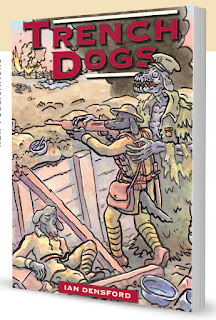 I've read three of the books you've sent so far, but want to ask about one specific story. Trench Dogs seems be largely a linear, but non-narrative depiction of the horrors of World War I as seen by each nation participating, all of which are depicted as different animals, until it reaches America and suddenly veers into race relations. Given that the animals are all depicted as one color anyway, and Americans are all cats, it's hard to tell what is happening and why, especially since it's outside of the main storyline. Can you give us some idea of what author Ian Densford wanted to do with this narrative twist?
I've read three of the books you've sent so far, but want to ask about one specific story. Trench Dogs seems be largely a linear, but non-narrative depiction of the horrors of World War I as seen by each nation participating, all of which are depicted as different animals, until it reaches America and suddenly veers into race relations. Given that the animals are all depicted as one color anyway, and Americans are all cats, it's hard to tell what is happening and why, especially since it's outside of the main storyline. Can you give us some idea of what author Ian Densford wanted to do with this narrative twist?
This is a great point and I would love to address it.
So,
spoilers, obviously, for the book that isn’t out yet, but it isn’t terribly narrative, so take that with a grain of salt. When Ian Densford and I were discussing the story he wanted to tell, he described it as something of a “floating camera” that would move its way from character to character and from front to front. In his efforts to show the absolute horrors of World War I, it was necessary to show several characters not only dying, buy dying in the abysmally terrific ways that were true and common for the conflict. So you usually only follow a character for a little while before they either die or pass on the “camera” in some other way. But the goal was to encompass the totality of the horrors of the war in one grand swoop. But, as I mentioned before, the effects of war don’t stop with the men and women who are immediately participating in them. They sow chaos and unrest in other ways. This was a topic of conversation when discussing how to end the book, and that brings us to the Harlem Hellfighters and the “Red Summer” race riots.

In
Trench Dogs all of the different countries are represented by different animals, the Americans being cats. When we are introduced to the Harlem Hellfighters, an infantry unit made up mostly of African Americans, they are painted in the same way and with the same coloration as all other Americans. You see them at first being sneered at and being tasked with menial and offensive labor before they take on an attachment with the French army and are treated as equals, rather than inferiors. There, the Hellfighters preform some extraordinary feats and are both honored and decorated by the French. But when they get back to America, they are scorned yet again and attacked in the ensuing race riots, leading one member to run for his life at the very end, something he managed to avoid doing while at war.
But, as you say, there is a confusion there—a tension between the book and the reader, who likely doesn’t understand what is happening and why. Why are these men being treated so poorly? Why are people sneering and giving them dirty looks? Why are they being attacked? Then the KKK shows up, and it all fits into place.
Ian, rightly, stood his ground when we discussed this segment. I suggested we make them black cats or calico, just something to help out the reader. But for Ian the question and the confusion were more important. Why are these men being treated this way? They are no different than the men around them. They are serving their country and putting their lives on the line like everyone else.
Ultimately, racists find a way to hate, no matter what the difference is nor how consequential. Ian did not want to give people even that modicum of an opportunity to say these men are different. So that confusion you and other readers will have when reading that segment is Ian sitting on your shoulder and whispering in your ear, “Why is this happening? Why is this happening?” And you can’t answer it. There is no reason. Until the KKK show up. Then you know that regardless of reason, someone found a way.
Hopefully, as readers close the book and are left thinking about how much these men sacrificed and how they were subsequently treated, they will take a moment to think that we are in the centennial of the first World War, and will soon be in the centennial of the riots. Perhaps they will ask themselves, “Why is this happening?”
*It's not a conventional funny animal comic (you can see a list here), but that's the traditional term used, as anthropomorphic animal doesn't really roll off people's tongues.
In keeping with our self-appointed mandate to cover local comics news, two other interviews with Thompson can be found at:
Griepp, Milton. 2017.
ICv2 Interview: Gary Thompson On New Imprint; Dead Reckoning Will Specialize in Military and Naval GNs.ICv2 (October 20): https://icv2.com/articles/news/view/38720/icv2-interview-gary-thompson-new-imprint
Sahadachny, Greg. 2018.
Debatable – Gary Thompson On Comics Imprint “Dead Reckoning”.
Debatable podcast (135; March 31): https://actionagogo.com/2018/03/31/debatable-gary-thompson-on-comics-imprint-dead-reckoning/ and http://traffic.libsyn.com/debatablepod/DEBATABLE_135_-_Dead_Reckoning_with_Gary_Thompson.mp3


